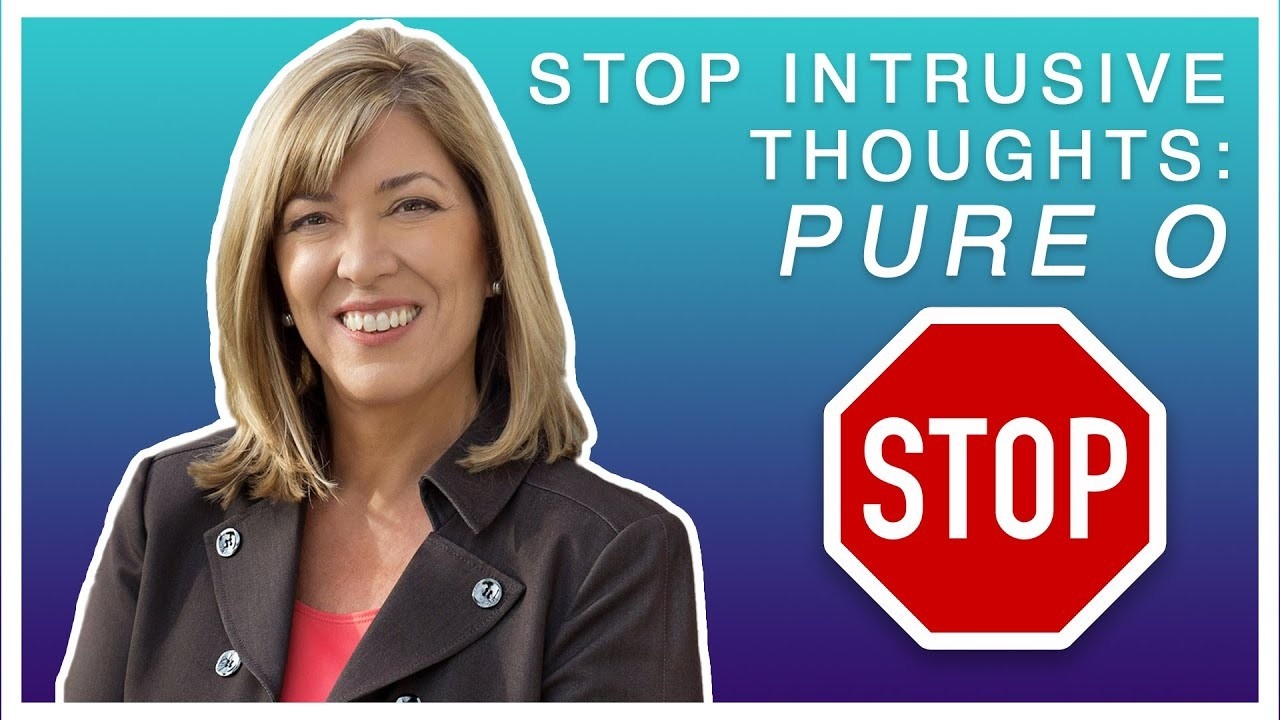
Stop Intrusive Thoughts - Pure O OCD
Within the complexity of the human cognition, a phenomenon emerges that often entangles the mind in a web of – unwanted intrusive thoughts. These unwelcome obsessive thoughts can cast shadows on even the brightest moments, prompting contemplation of their origins and implications. Often linked to Pure O OCD, these thoughts hold the potential to disrupt the tranquility of our consciousness. In this blog post, we explore the intricacies of unwanted intrusive thoughts and explore strategies to triumph over their grip on our mental landscape.
Decoding the Mechanism of Unwanted Intrusive Thoughts:
Have you ever experienced a sudden jolt of fear, like witnessing a lightning strike or narrowly avoiding a road accident? That surge of adrenaline coursing through your veins is the amygdala in action, triggering your fight or flight response. However, sometimes our brain doesn't recognize false alarms, leading to a cascade of unwarranted fear signals. This is precisely what occurs with intrusive thoughts – those thoughts that seemingly appear out of nowhere and elicit intense anxiety. The journey of these thoughts from inception to fixation is a fascinating exploration.
The Birth of Intrusive Thoughts:
Imagine having a thought that sends shivers down your spine – perhaps it's a morbid scenario or an unthinkable action. Your amygdala, responsible for your fear response, activates in response to this thought. But here's the twist: instead of dismissing it, your brain starts to question it. Could it be true? Would you really think or do something like that? This secondary analysis, known as the "second fear," propels your anxiety even further.
Embracing the "I AM" Approach:
In the realm of managing intrusive thoughts, there's a potent approach encapsulated in the acronym "I AM."
The first step, "I," - involves identifying the thought as an intrusive one.
The subsequent "A" - encourages allowing and accepting these thoughts without resistance.
The crucial third step, "M," - is all about connecting to the present moment, using your senses to ground yourself.
This practice shifts your focus from the fearful "what ifs" to the tangible "what is.

Are you struggling with OCD or Pure O? Do obsessive thoughts, rituals, and compulsions take over your life? Has it been hard to find a specialist to help you?
If you want to get your life back from OCD or Pure O,
this course is for you.
Navigating the Healing Path:
As you practice the "I AM" approach, a gradual transformation unfolds. These thoughts, once menacing, begin to lose their grip on your emotions. By consistently identifying, allowing, and connecting to the moment, you create new neural pathways that dissociate these thoughts from your fear response. This is akin to a form of exposure response prevention (ERP), a proven technique in the realm of anxiety management.
Embracing a Fear-Resilient Mindset:
Through deliberate practice, your relationship with intrusive thoughts evolves. You start to observe these thoughts without engaging in their analysis, gradually diminishing their influence over you. The "I AM" method lays the foundation for a fear-resilient mindset, allowing you to navigate life's twists and turns with newfound clarity and calmness.
In the maze of intrusive thoughts, understanding their dynamics is the first step towards liberation. By embracing the "I AM" approach, you rewrite your brain's response to these thoughts. As you identify, allow, connect, and move on, you cultivate a sense of mastery over your fears. Intrusive thoughts lose their potency, and you emerge stronger, armed with the tools to traverse life's uncertainties. Remember, practice makes progress, and each step you take towards managing these thoughts is a step towards a more empowered, resilient you.
Let's Keep in Touch
Subscribe to My Newsletter
We hate SPAM. We will never sell your information, for any reason.







